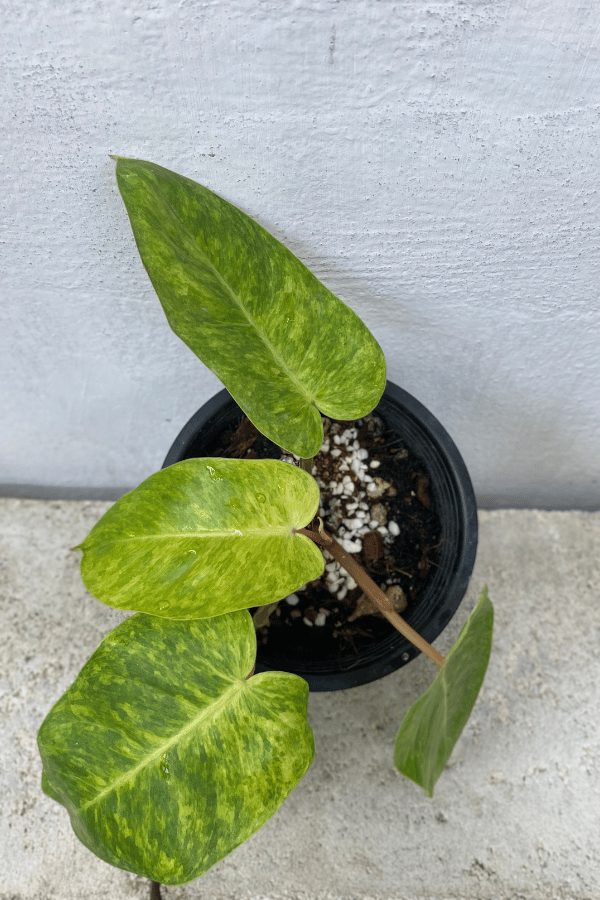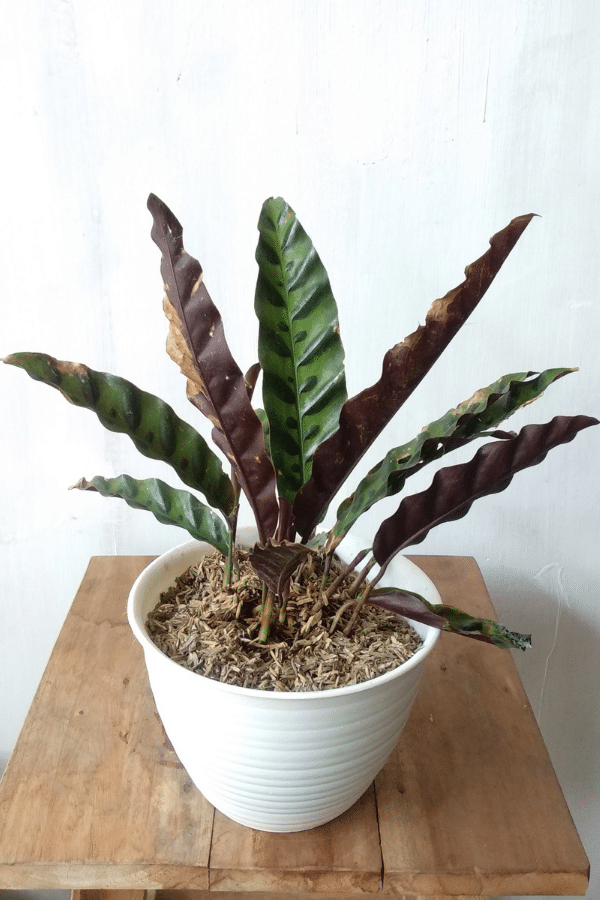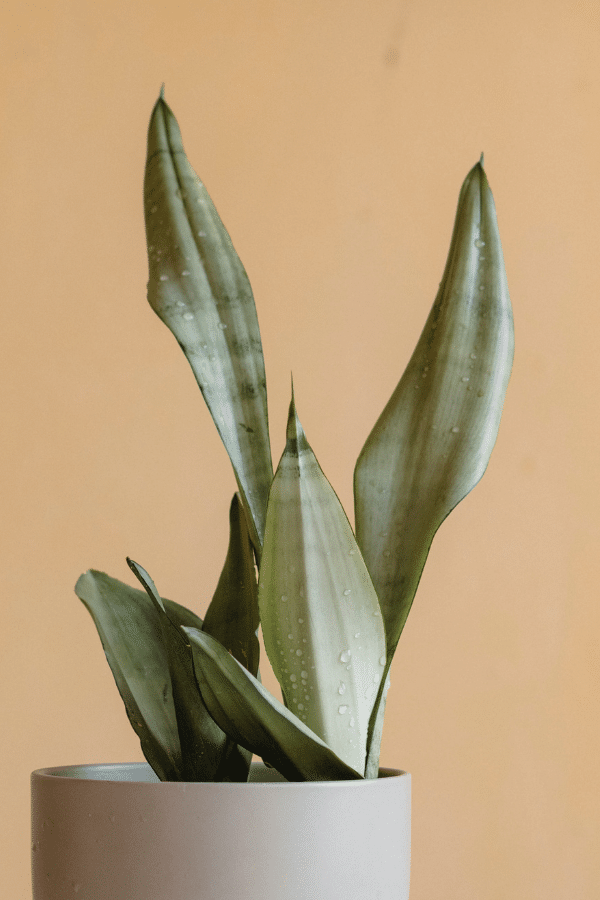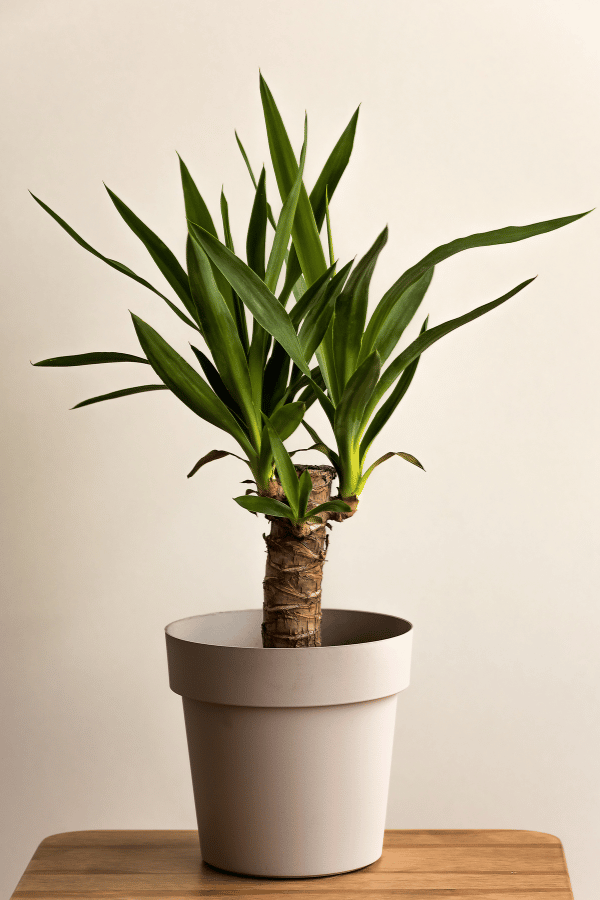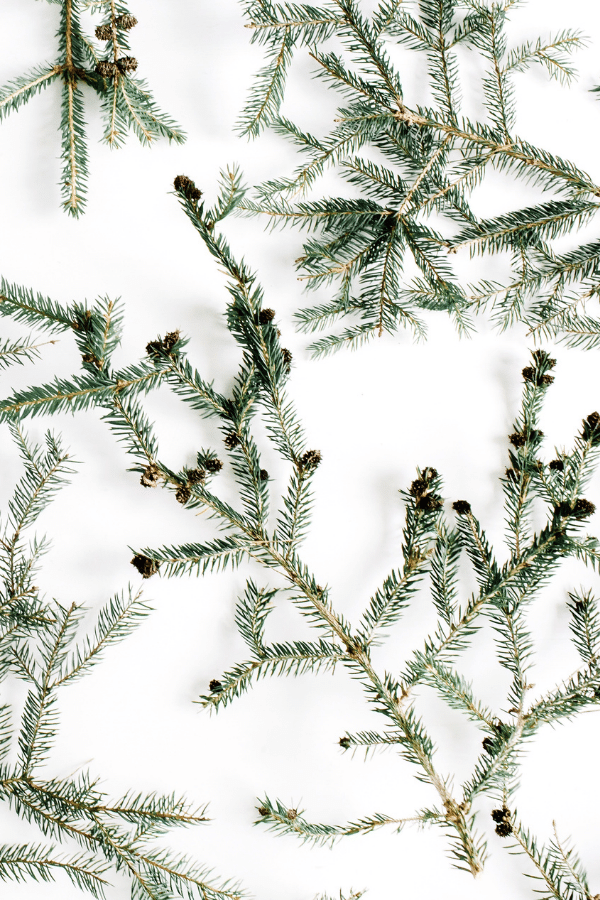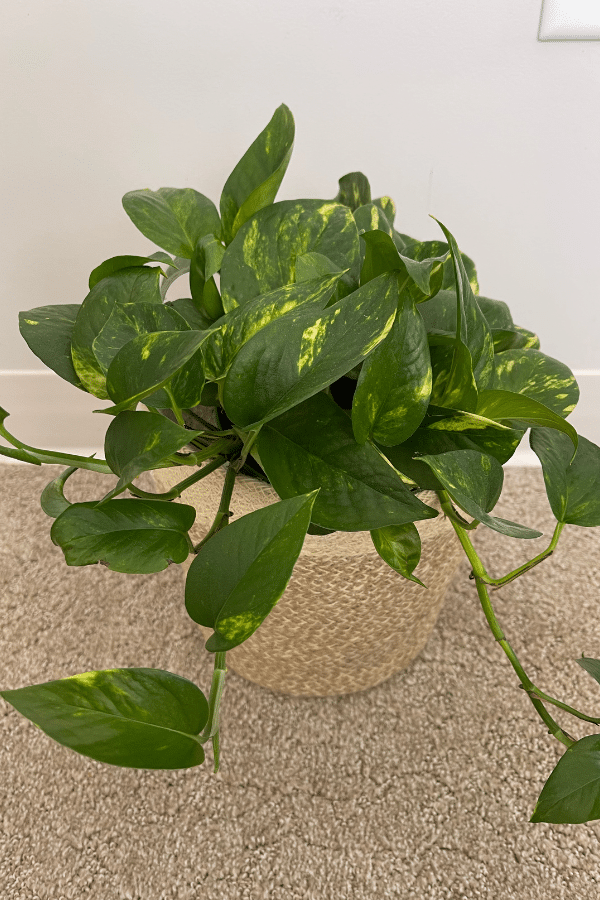Calathea Makoyana
Scientific Name: Calathea Makoyana
Common Name: Peacock Plant, Cathedral Windows
Calathea Makoyana care requires a bit more maintenance than your average houseplant. Native to Brazil, where it grows along the rainforest floor, it requires bright indirect light with consistently moist soil, normal temperatures, and high humidity. As long as you can give it the right care as close to its natural environment, it should grow a healthy life inside your home.
Quick Care Overview
| Common Name | Peacock Plant, Cathedral Windows |
| Scientific Name | Calathea Makoyana |
| Family | Marantaceae |
| Origin | Brazil |
| Growth Rate | Medium |
| Identification | Deep green leaves with feathered appearance |
| Height | Up to 2 feet tall |
| Soil | 2:1 of peat moss to perlite or sand |
| Water | Remain moist but not completely saturated |
| Temperature | 65-85F |
| Sunlight | Bright indirect sunlight |
| Toxic to Cats & Dogs | No |
| Toxic to Humans | No |
| Pests | Spider mites |
| Diseases | Root rot |
Below we will dive deep into how to care for Calathea Makoyana.
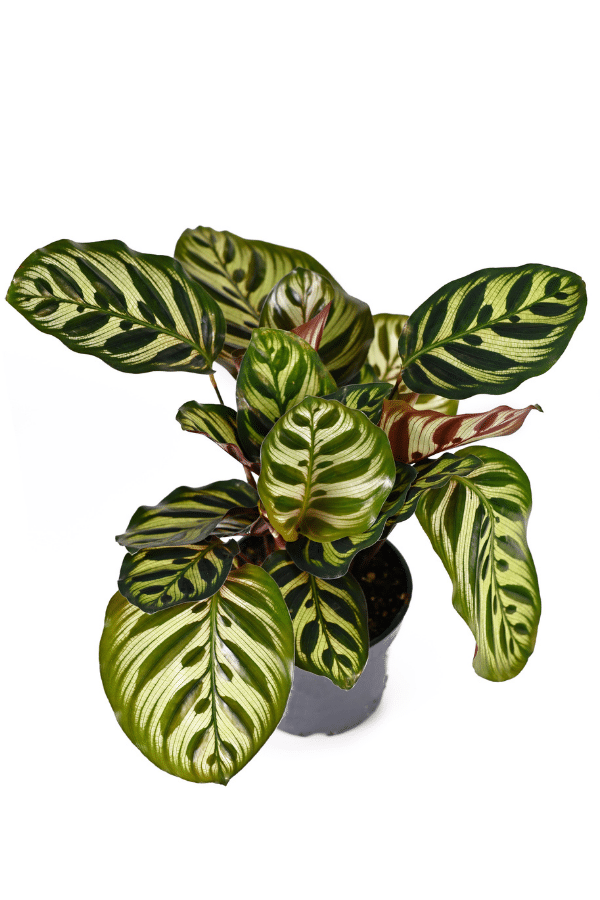
Calathea Makoyana History
Brazilian native and coming from Marantaceae family, Calathea Makoyana, more commonly known as the peacock plant, is an attractive, tropical prayer plant that has become a popular houseplant due to its bold emerald and purple foliage resembling the plumage of a peacock. Also known by the name ‘Cathedral Windows,’ this tall and slender plant may be difficult to find and requires some extra TLC to keep happy. Like any other prayer plant, this plant’s beautiful foliage changes shape, lifting and bending, throughout the day in response to the sun.
Calathea Makoyana Identification
This gorgeous plant has deep green leaves with a feathered appearance. The undersides of the foliage of Calathea Makoyana have purplish-pink lines. This plant grows tall and slender but remains relatively compact.
Calathea Makoyana Growth Facts
This plant loves tropical environments, and while known to be a bit difficult in temperament, with the right conditions, this plant will flourish.
How Big Does a Calathea Makoyana Get?
This plant will grow to become around 2 feet tall.
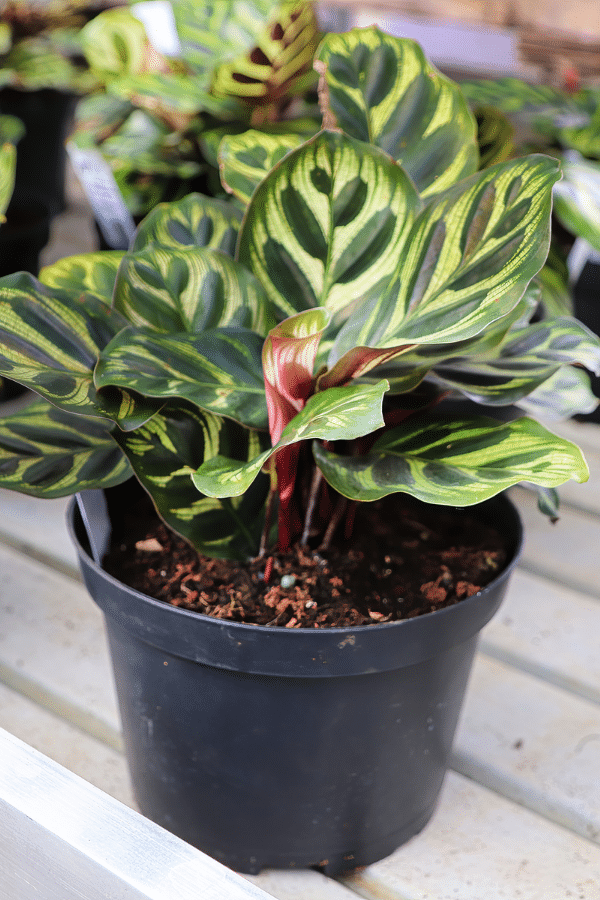
Calathea Makoyana Care
Calathea Makoyana care requires a bit more maintenance than the average “easy” houseplant. For example, the peacock plant requires a high humidity level to be happy. Therefore, many individuals choose to put this beauty inside a terrarium or greenhouse for growing.
Calathea Makoyana Soil
Calathea Makoyana prefers to be potted in well draining soil with a high-water retention rate. An excellent growing medium is a 2:1 ratio of peat moss to perlite or sand. However, commercial African violet soil will treat this plant quite nicely. Additional incorporations of coco coir and pine bark will aid in increasing drainage. Incorporating organic materials such as compost will encourage lush foliar growth but be careful to keep incorporations of compost to under 10%, as the excess organic matter will make drainage more difficult.
Calathea Makoyana Fertilizer
This plant prefers to be fertilized twice monthly during the growing season from April to October with a high Nitrogen fertilizer indicated for houseplants. Ensure that you follow all label instructions. Too much fertilizer may cause chemical burn.
Calathea Makoyana Watering
For proper peacock plant care, it is essential to water your plant correctly. The soil needs to remain moist but not waterlogged. If the tubers of this plant sit in water, it will invariably lead to root rot. A watering schedule that you can abide by is suggested for proper care of the peacock plant. Depending on growing conditions, watering will need to be done about 1-2 times weekly. Every few days, stick your finger inside the pot and add water after the top inch has become dry. This plant is sensitive to fluoride in tap water. Therefore, rainwater or distilled water is recommended.
Calathea Makoyana Light Requirements
Being a tropical perennial accustomed to dappled light, your peacock plant will enjoy similar conditions inside the home—a bright spot with bright indirect light, such as from the east or north-facing window. However, keep in mind that this plant will suffer from too much direct sunlight. Calathea Makoyana is an understory plant in its native environment and does not tolerate direct light well.
Calathea Makoyana Temperature & Humidity
Being a somewhat finicky plant, Calathea Makoyana requires consistent temperatures to grow well. Their ideal temperatures are between 65 to 85F. It is pertinent never to let the plant reach temperatures below 60F, as this may cause permanent damage. Peacock plants do not like to be placed near cold drafts, heaters, air conditioners, or cold windows. Calathea Makoyana requires high humidity levels to be happy. A humidity level of 60% or higher should be maintained in the home. To meet the peacock plant’s humidity requirements, a humidifier, pebble tray, or being grown in a terrarium or bathroom is suggested. This plant will tolerate misting of the leaves.
Repotting Calathea Makoyana
Repotting of this peacock plant should be done in either spring or fall. Repotting should be done when the pot is visibly much too small for your plant, or every two years, whichever comes first. Select a pot that is one size larger than the previous one and be sure it has drainage holes. Place the root ball into the new container, refresh with fresh soil, tamp lightly, water, and place in indirect light.
Calathea Makoyana Maintenance & Pruning
Calathea Makoyana does not require much pruning. As needed, discolored or old leaves may be removed using clean shears periodically.

Calathea Makoyana Propagation
Propagation of Calathea Makoyana is easy through root division. Root division should be done in the spring. Propagating while repotting is an excellent time to take care of both tasks. First, uproot the tubers from the original container and gently separate them into clumps. The smaller portions will then be repotted into their own container, watered, and left to grow into larger plants.
Calathea Makoyana Toxicity
Calatheas are generally considered non-toxic and this Calathea is no exception.
Toxicity to Humans
Calathea makoyana is considered non-toxic. However, as consumption of this plant may cause digestive upset, it should not be ingested.
Toxicity to Cats & Dogs
Luckily, unlike many other houseplants, this Calathea and others in the Calathea family are non-toxic to pets.
Calathea Makoyana Problems
Calathea Makoyana Leaves Turning Yellow
The number one cause of yellow leaves with Calathea Peacock is due to overwatering. Ensure that your plant has ample drainage and is not sitting in excess drainage water within the plant’s tray to avoid leaves yellowing.
Calathea Makoyana Leaves Turning Brown
Brown leaf tips of the Calathea Makoyana foliage may be due to too much sunlight, not enough moisture, or humidity, or due to bacterial leaf spot or fungal diseases. Be sure the peacock plant is given adequate sunlight and high humidity.
Calathea Makoyana Diseases
This Calathea plant is prone to issues such as leaf spot or root rot due to issues with overwatering, too much humidity, or improper drainage.
Calathea Makoyana Pests
While generally considered pest-resistant, this plant is known to attract spider mites occasionally. Upon identifying an infestation of insects, isolate the plant, and treat it with a pesticide following all label instructions.
FAQ
Why Is My Calathea Makoyana Not Growing?
Calathea Makoyana can stop growing because of not receiving enough water, not enough light, or not enough nutrients. Be sure to provide your plant with the correct amount of water, bright light, and fertilize twice a month during spring and summer.
Is Calathea Makoyana a Prayer Plant?
Calatheas are very closely related to prayer plants but Calatheas are not considered a prayer plant.
Is Calathea Makoyana Poisonous?
Calathea Makoyana is not poisonous and is considered a pet-friendly houseplant. However, do not ingest any portion of this plant.

